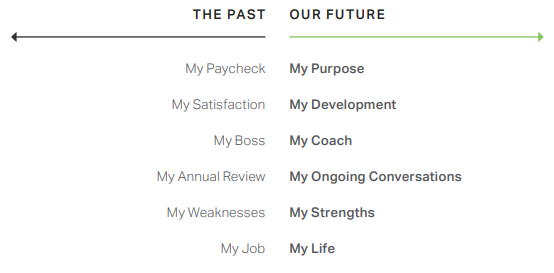Gallup Announces 'Record-High Employee Engagement' in US...Great News, Right?
Kenneth Miller | February 2020
Earlier this month, Gallup announced the results of it’s latest annual employee engagement survey. This year it was able to report the highest level of US workforce engagement it has recorded since the survey was launched some two decades ago. This is important because Gallup’s latest meta-analysis of studies covering nearly 2 million employees reveals conclusively that organizations with high engagement outperform those without —by a ton.
Some of the engaged vs disengaged results:
- 41% lower absenteeism
- 70% fewer safety incidents
- 40% fewer defects (quality)
- 17% higher productivity
- 20% higher sales
- 21% higher profitability
Clearly, engagement matters—a lot. So record-high workforce engagement is a good thing.
But the not-so-good thing is that this ‘record-high’ engagement level is only 35%—up from 34% in 2018. In other words, 65%—nearly two-thirds—of the US workforce is not engaged at work. Does anyone find this remotely acceptable?
Let’s face a couple of salient realities :
- Low workforce engagement is the result of poor organizational culture.
- Poor culture is the result of lousy leadership.
Yes, the workforce is undergoing generational change—but that tired complaint dates back at least to Socrates—and yes, we’re in the midst of a technological renaissance and work in the future may not at all resemble that of the past or even the present. But so what? It’s no secret that change is the universal constant. It’s the job of leadership to see these trends, adapt, and take advantage of them to the benefit of the organizations they lead—full stop.
Gallup characterizes the transitioning priorities of today’s workforce this way:

This provides a virtual template for adaptive organizations and effective leadership:
- purpose-driven, values-governed organizations in which the alignment of individual and organizational goals are a top priority
- leadership that understands that ‘leader’ is a role, not a rank, and that the success of the group is dependent upon the individual success and advancement of its members
- the realization that performance improvement should be a subject of the daily dialogue, and that the workforce is most effective when encouraged to function more like empowered chessmen than simple checkers—capitalizing on their individual strengths and unique abilities
So, yes, any improvement in engagement is a positive—’Better’ is always the objective—but, as Gallup points out:
“The percentage of engaged employees is still far too low.
There is plenty of room for improvement.”
Uh…yeah.
KWM February 2020
